Israel's questions about nuclear deal are being echoed in Iran
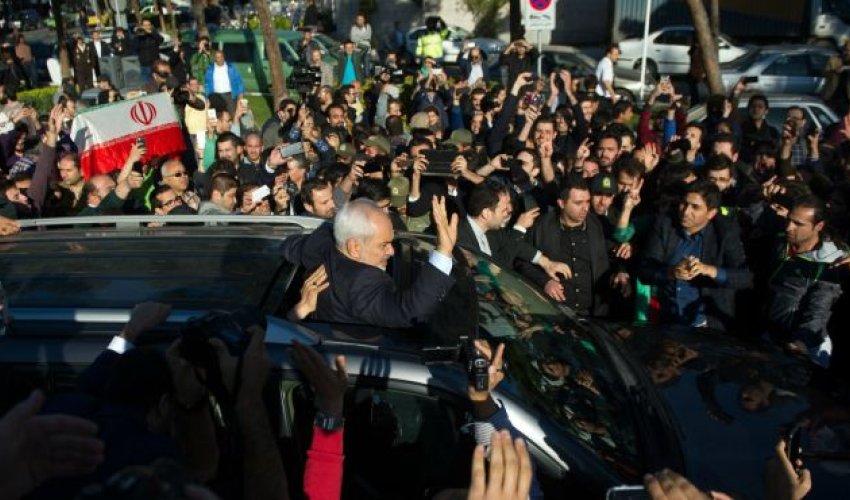
(Haaretz) - Iranian MP Alireza Zakani has at least 12 tough questions for Iranian Foreign Minister Mohammad Javad Zarif when he reports on Sunday to present the principles of the framework nuclear agreement.
Zakani, an expert on nuclear medicine and a professor at Tehran University, publicized his questions on Mehr (Iran’s version of YouTube). Among other things, he wants to know all the details regarding the precise interpretation of the cessation of work at the Fordo site; what will be implemented in Natanz; and, mainly, what "red lines” the Iranian negotiating team violated in order to reach an agreement.
Zakani belongs to the conservative wing and a few months ago declared, "After Yemen, it will be Saudi Arabia’s turn.” However, he is not the only one who has been systematically criticizing the negotiations and the agreement reached by Iran and the six world powers last Thursday.
Hussain Naqvi al-Hussaini, the speaker of the National Security and Foreign Policy Committee in the Iranian parliament, demanded "to reexamine the Lausanne declaration, since the Iranian people will not recognize any agreement that doesn’t include a complete lifting of all the sanctions.”
Another committee member, Mohammad Ismail Kothari, was angry that "the United States achieved all its objectives, while Iran did not succeed in achieving the basic objective of lifting the sanctions.”
These words of criticism, which are very similar to what is being said by the Israeli government or Republican members of Congress, are, for the time being, slipping on the fortified wall of support granted by Supreme Leader Ayatollah Ali Khamenei to the agreement and negotiating team.
The spontaneous public joy that greeted the negotiating team on its return from Lausanne, and treated Zarif like a conquering hero returning from the battlefield, also makes it clear to opponents of the agreement that their efforts to prevent it are liable to encounter an undesirable reaction in the street.
In fact, the problem does not lie in selling the Lausanne declaration to the general public, but in convincing the radical elites and Iran’s Revolutionary Guard – who oppose the future agreement for ideological and political reasons.
After years when the nuclear program was presented not only as the realization of Iran’s natural right but as a central foundation of national dignity, the Lausanne declaration is now seen as a concession to the West, and mainly to the United States.
In the political context, the radicals are afraid that the nuclear agreement, if fully agreed and ratified by the end of June, will be of huge help to the supporters of President Hassan Rohani and reformist movements in the parliamentary elections scheduled for February.
These considerations are familiar to Rohani, who, like his American counterpart, immediately began a marketing campaign, whose main assertion is that "Iran will fulfill all the obligations of the agreement” and that the agreement constitutes a historic Iranian achievement.
These principles have been translated into a basic interpretation that "all the nuclear facilities will continue to operate and no red line has been crossed.” But in those same declarations, the Iranian administration’s spokesmen are avoiding telling the public what will be permitted at each site, how much uranium Iran will be allowed to enrich and to what level, and describing the rosy economic picture that awaits Iran after the signing of the agreement.
The sanctions factor
Although the euphoria caused by the framework agreement – which led to a 3 percent rise on the Tehran stock exchange and the strengthening of the rial by about 2 percent – will have to wait until the end of June, in Iran they have already embarked on economic calculations as to how the lifting of the sanctions is likely to affect the country’s economy.
For example, Iranian economic experts are explaining that Iran will be able to double its oil production – from one million barrels a day to 2 million, or even to 2.5 million; European companies will bring billions of dollars to the country; and Iran will be able to compete on the world market with Saudi Arabia and to restore what it lost as a result of the sanctions.
This interpretation also represents the basic difference between the Western and Iranian marketing approaches. Whereas the United States is emphasizing the positive security aspects of the agreement, Iran is selling an economic horizon.
Faithful to its declarations that it does not aspire to attain nuclear weapons, for Iran – at least on the level of declarations – the agreement is of no significance in terms of security and is designed to repair a historic injustice to Iran when sanctions were imposed on it.
The Arab countries in the region are not concerned about the Iranian nuclear program but its conventional weapons, with which it is creating access and influence for itself in a region considered an "Arab monopoly.” But despite the prevailing opinion that Iran is taking over control of Arab capitals, it should be noted that the Arab monopoly has not existed for decades.
During the 1980s Iran-Iraq war, Syria abandoned the Arab line and supported Iran; Lebanon became a Syrian satellite at the time of the Lebanese civil war that began in 1975; and Hezbollah managed to impose its authority during the first Lebanon war in 1982. For over a decade, since the overthrow of President Saddam Hussein, Iraq has become a central economic ally of Iran, Saudi Arabia refuses to have diplomatic relations with Iran, and in Yemen there is a war whose outcome is as yet unclear.
None of these situations are related to the Iranian nuclear program, and there is no new reality that has been created as a result of it.
Dollar extends drop vs. euro after payrolls-inspired selloff
The euro edged higher versus the dollar Monday, extending gains scored Friday after weaker-than-expected nonfarm payrolls data saw investors push back expectations for a rate hike by the Federal Reserve.
The euro EURUSD, +0.19% traded at $1.0991, up from $1.0972 in North American trade late Friday. The U.S. currency USDJPY, +0.04% was up versus the Japanese yen at ¥119.07 compared with ¥118.93 late Friday in New York.
The ICE dollar index DXY, +0.08% a measure of the U.S. currency against a basket of six major rivals, was up 0.1% at 96.651.
Trading activity in Asia and Europe was subdued, with many traders still away from their desks for the Easter vacation and other public holidays. The dollar found downside support against the yen to stabilize above ¥119 following Friday’s losses.
Japanese importers and institutional investors were among the investors eager to buy the greenback on dips. Market participants also noted some indirect support for the dollar against the yen via selling of the Japanese currency against the euro.
Friday’s tumble in the dollar was the biggest fall in almost two weeks following U.S. labor data for March that showed nonfarm payrolls grew by 126,000, about half the increase forecast by economists in a Wall Street Journal survey.
Read: Poor jobs report blurs economic outlook
"There is speculation that the consensus about a U.S. rate increase is now being pushed back to December from September,” a change in views that could lower the dollar in currency trade, said Mizuho Securities FX strategist Kenji Yoshii.
www.ann.az
Similar news
Similar news
Latest news 
More news 

























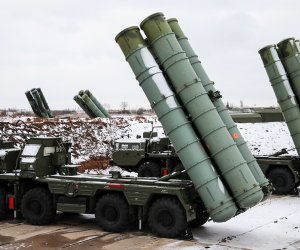
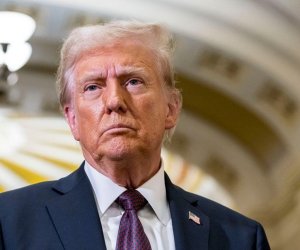

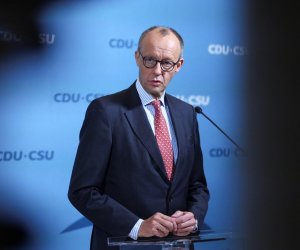
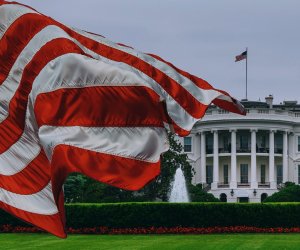
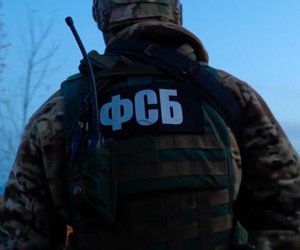

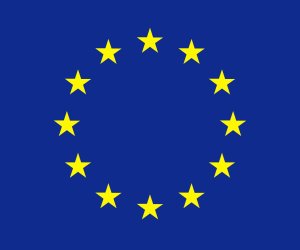


 Photo
Photo 


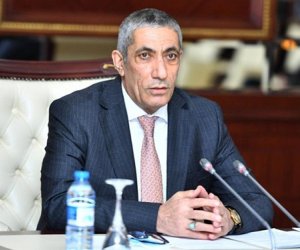
 Video
Video 

